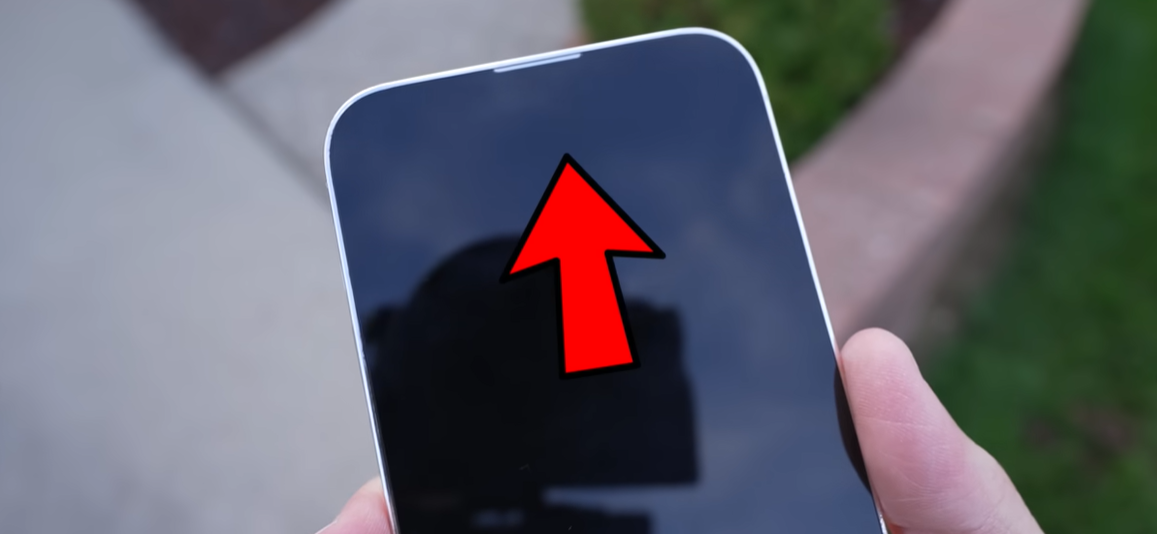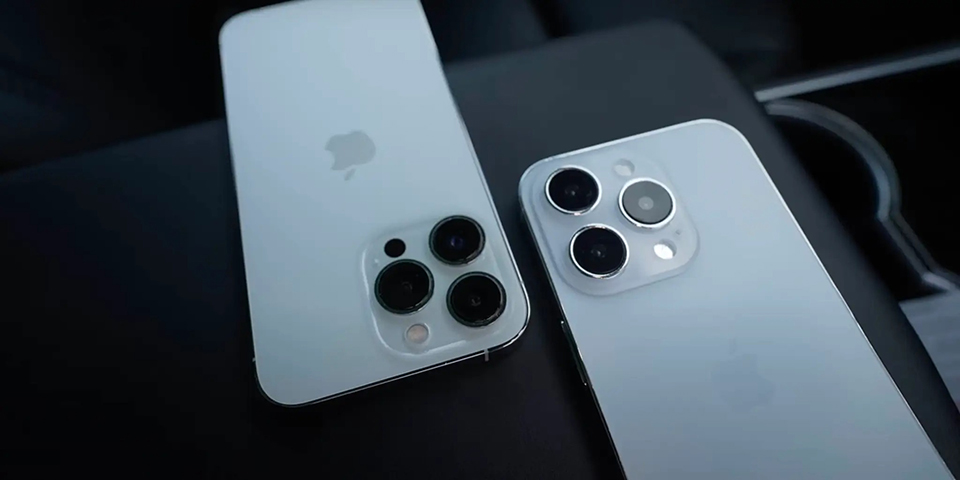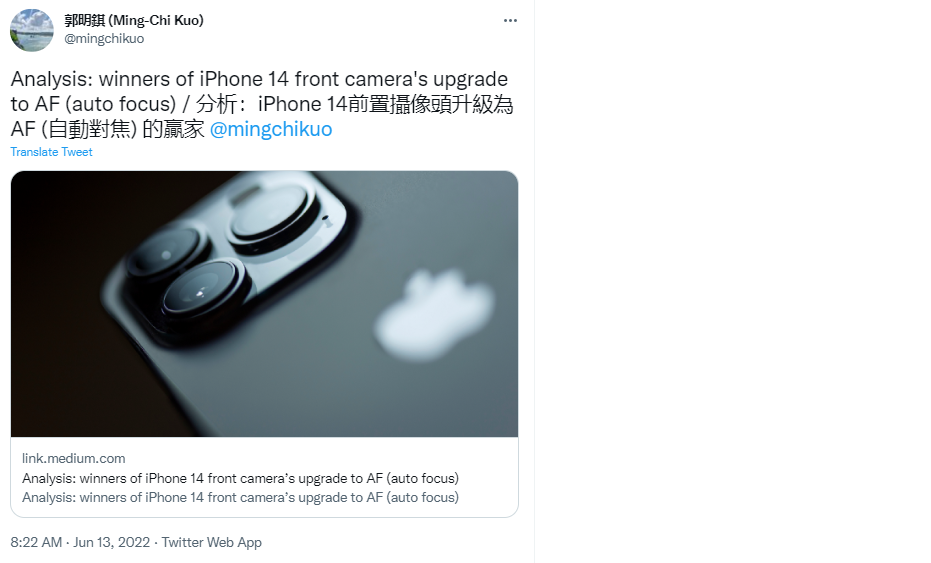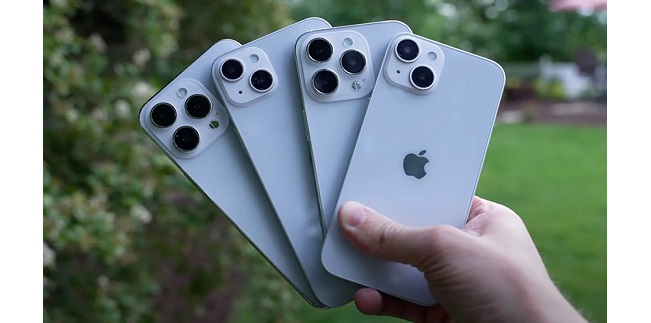Developer Conference – WWDC 2022 has ended, Apple’s next event will fall in the fall, where it will announce the iPhone 14 product line. Reports all confirm the iPhone 2022 generation will include: iPhone 14, 14 Max, 14 Pro, and 14 Pro Max.
Recently, YouTuber iUpdate has just given us another look at the iPhone 14 series design through the replicas models of these phones. In addition, the video also offers some interesting comparisons with the current iPhone 13 design. You can admire it all in the video above.
In the video above, you can see that the iPhone 14 and 14 Max duo have an almost identical design to last year’s iPhone 13 and 13 Pro Max. This smartphone duo still uses a notch design and aluminum frame.

Other than those details, there’s not much to note about the iPhone 14 and 14 Max. However, the 14 Pro and 14 Pro Max are in a bit more interesting. As previous rumors have suggested, Apple will remove the notch this year in favor of a new punch-hole design.

Another piece of information shown in the video is the larger rear camera on the iPhone 14 Pro and 14 Pro Max. The phone duo is expected to feature an upgraded 48MP camera sensor, which is much larger in size than the previous generation.
New photo modules?
At the same time, other rumors about the iPhone 14 photo modules have resurfaced. The always very knowledgeable Ming-Chi Kuo claims in a blog post that the entire series would benefit from an improved selfie sensor. Confirming old rumors, the analyst explains that this new module would integrate 6 lenses – and not 5 as on previous models -, and would benefit from autofocus and a lens opening at f / 1.9, against f/2.2 today.

On the back of the Pro models, we should finally find a new 48MP sensor for the wide-angle camera. The latter would also be able to record videos in 8K. The standard models will have to make do with the same 12MP sensor as on the previous generation. It is still expected that the experience will be improved thanks to small software or hardware tweaks, such as new lenses or new processing algorithms.
Read Also: iPhone 15 Pro and 15 Pro Max May Have USB-C Instead of Lightning










